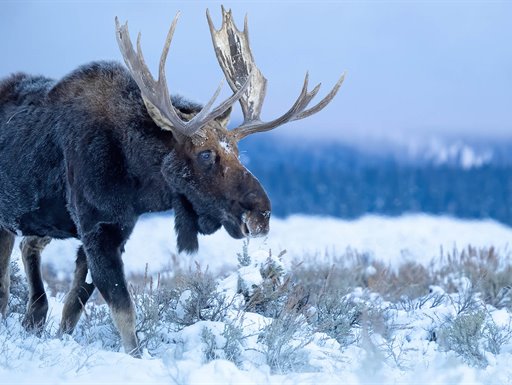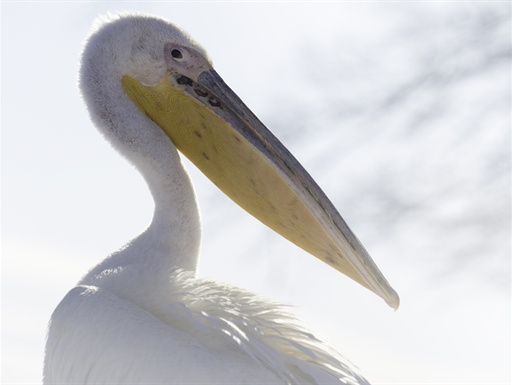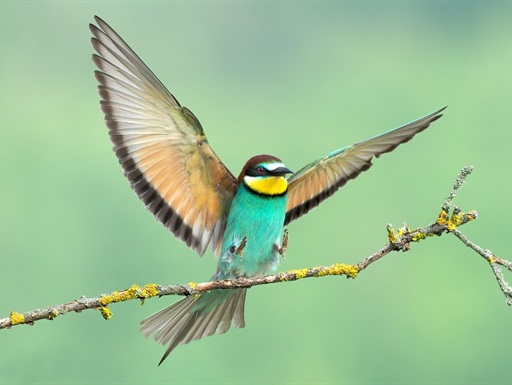Adventurer and married couple. Addicted to diving and traveling the two of us are exploring the blue planet. Our job is the ocean - a place which could not be more fascinating. Whether behind or in front of the camera, our element is water. Remote countries and the depths of the oceans - it is the fascination of the unknown which captivates and boosts us. With the foundation of art & water photography many years ago we realized our dream. More a life-task than a job with lots of engagement and heart for the beauty of our oceans. Our challenge, our big adventure.
As passionated divers we got to know most of the seven seas and felt into love with them. From Indonesia to Papua New Guinea, from Japan to Curaçao - we are at home in the South Pacific, the coral triangle of Southeast Asia or the Carribean Sea. There we live our adventures. There we have been discovering the most beautiful dive sites on earth.
With strong partners at our side we have been working together as a team and couple for our customers worldwide since 2010. Many years with endless dives and even more experiences. Adventures that have shaped us so far and brought us even closer together as a team and as a couple.
https://my.omsystem.com/blog/b/photography-journal_de/posts/happy-world-oceans-day



















